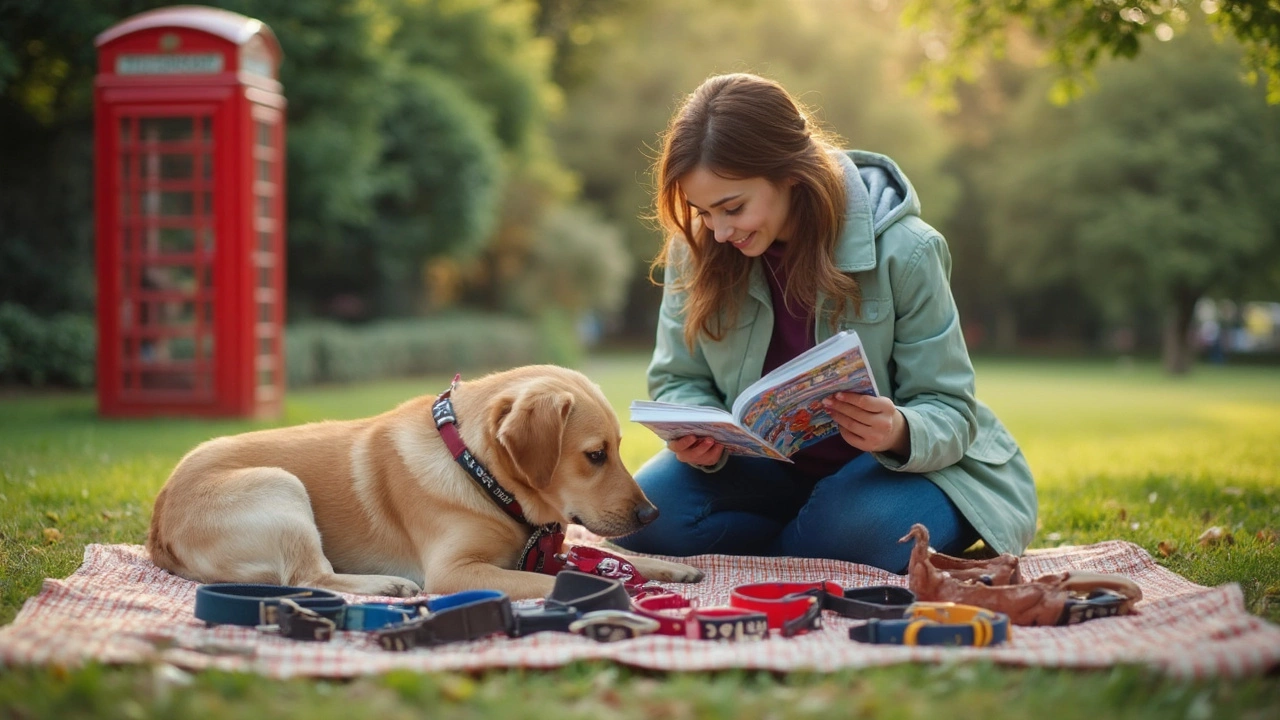Dog Collar Guide: Choose, Use, and Keep Your Pup Safe
When it comes to a dog collar, most owners think it’s just a piece of leather or nylon that holds a tag. In reality, a collar can affect comfort, training, and even health. This guide breaks down what you need to know so you can pick the right one, use it correctly, and avoid common mistakes.
First, check the fit. You should be able to slide two fingers under the collar without it feeling loose, but it shouldn’t be so tight that you can’t. A good fit stops the collar from sliding off and protects the neck from pressure points. Different materials—nylon, leather, padded fabric—have their own pros. Nylon is cheap and easy to clean, leather feels sturdy and ages well, while padded collars are great for dogs with sensitive skin.
Nighttime Collar Tips
Many owners wonder whether to take the collar off at night. The short answer: it depends on your dog’s habits and the collar type. If you use a simple ID collar, removing it can help prevent choking if your dog rolls onto its side while sleeping. On the other hand, if the collar has a breakaway clasp, it’s designed to open under pressure, so you can leave it on safely.Watch how your pup sleeps. If they tend to dig or chew on the collar, a night removal can protect both the collar and your dog’s teeth. For puppies, especially under six months, removing the collar at night is often a good idea because they’re still learning how to wear it without getting tangled.
When you do keep the collar on, choose a lightweight, breathable design. Heavy metal buckles or thick leather can cause sore spots after hours of lying down. A quick check of the neck each morning for redness or hair loss will tell you if the night wear is causing irritation.
Training Collars & Humane Alternatives
If you’re training a dog that barks a lot, a “training collar” might sound like the fastest fix. In 2025, most professional trainers recommend humane options that focus on positive reinforcement rather than shock or static pressure. Clicker training, treat rewards, and consistent commands work better for long‑term results.
When a training collar is necessary, look for ones that use vibration or gentle sound cues. These give a clear signal without hurting the dog. Avoid collars that deliver electric shocks unless a veterinarian has specifically advised them for a medical condition.
There are also bark‑collar alternatives that don’t involve any kind of stimulus. Sprays of citrus scent, ultrasonic emitters, or simply changing the environment—like providing more exercise or mental puzzles—can reduce excessive barking naturally.
Finally, remember that a collar is only one part of a training plan. Regular walks, playtime, and mental enrichment keep a dog calm and focused, making any collar you use a lot more effective.
Choosing the right dog collar means thinking about fit, material, night use, and training needs. By checking the collar each day, removing it when it might cause problems, and opting for humane training tools, you’ll keep your pup comfortable and happy. Whether you’re a first‑time owner or have a seasoned companion, these simple steps will help you get the most out of every collar you put on.

Best Type of Collar for a Dog: How to Choose Right
Picking the right collar for your dog isn't just about looks—it's about safety, comfort, and control. This article breaks down different collar types and explains what works best for different dogs. You'll find tips based on real dog behavior and practical advice for every lifestyle. From daily walks to training sessions, the right collar can make all the difference. Get answers to common questions and learn what actually matters when shopping for your pup’s collar.
View more